Click on the image below to read the Armenian report by Ms. Lori Aintablian.

Below you can find the English report by Mr. Jano Baghboudarian.
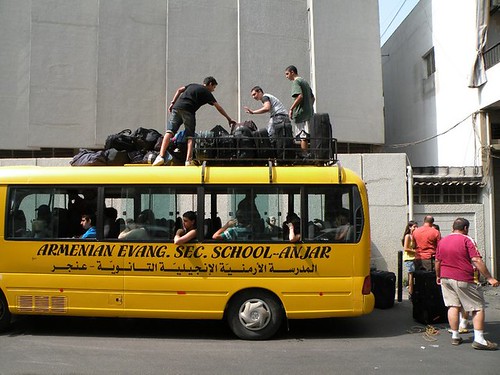
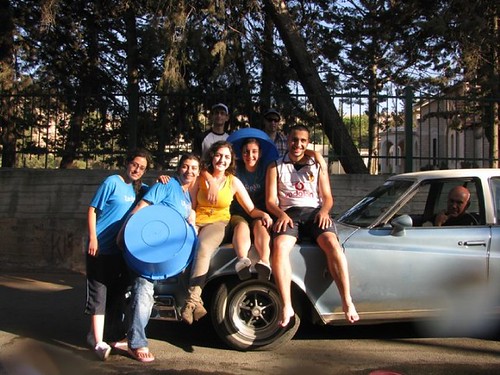

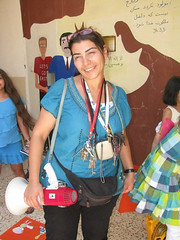
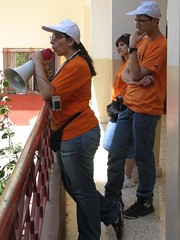
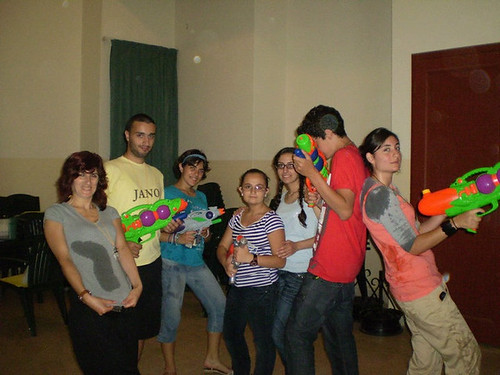


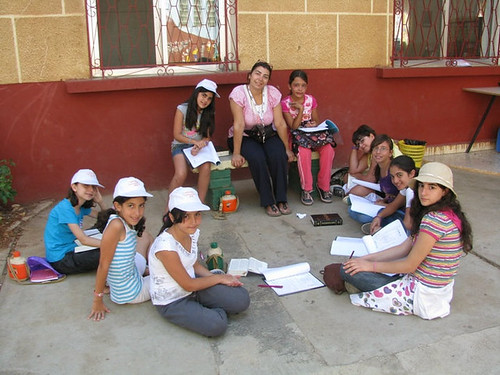
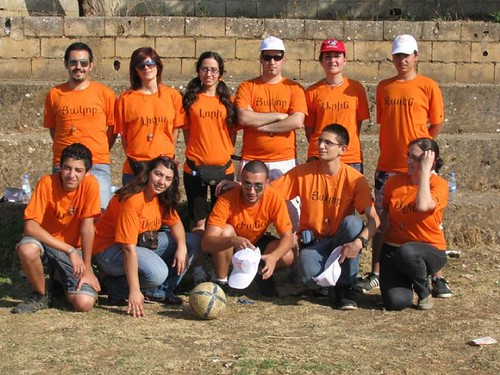
(Front, L to R): Vahé Jébéjian [leader, from Cyprus through Ashrafieh Church], Silva Chilingirian [head leader, from Marash Church], Jano Baghboudarian [leader, from Emmanuel Church], Hagop Harfoushian [leader, from Ashrafieh Church], Aline Khederian [leader, from Marash Church].
(Back, L to R): Hagop Akbasharian [speaker, UAECNE theology student as field worker], Liza Tunberian-Hekimian [leader, from Anjar School], Lory Aintablian [leader, from Anjar Church], Hagop Karkazian [leader, from USA through Anjar Church], Arine Baghdoyan [leader, from First Church], Zaven Bardakjian [assistant leader, from Marash Church]
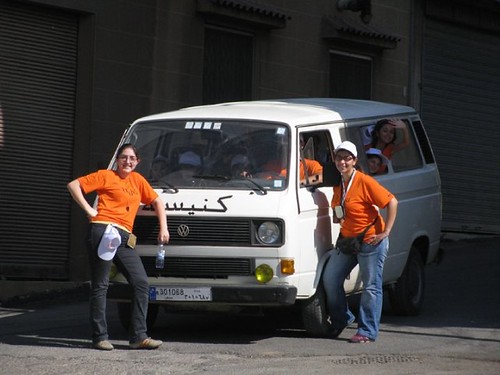
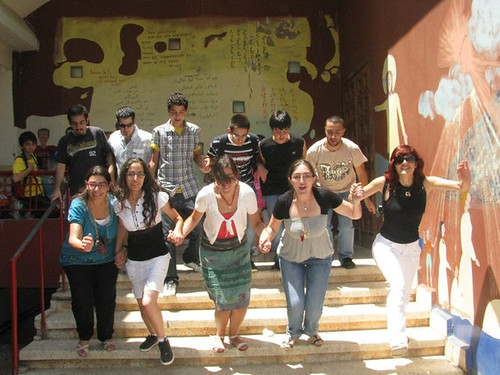
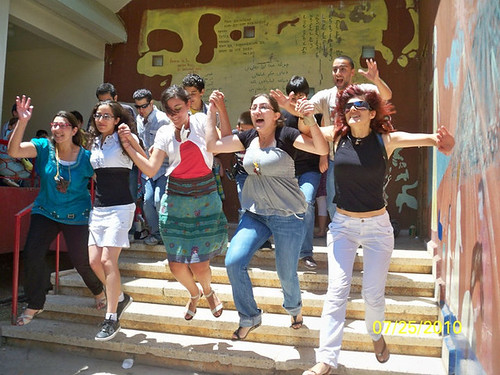

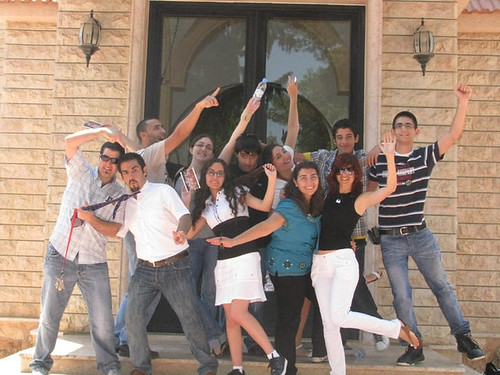
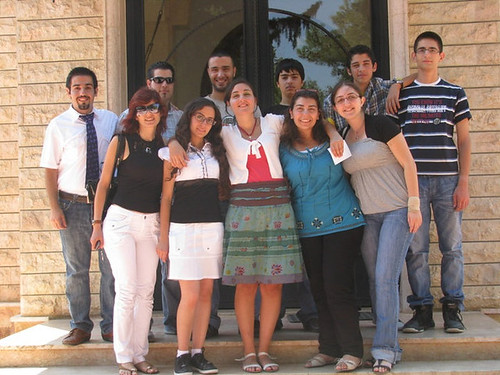
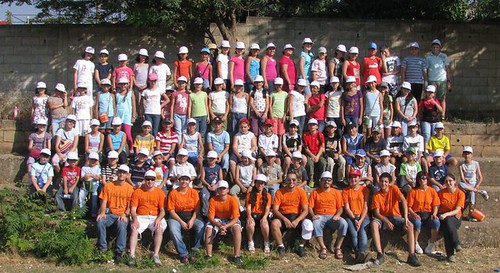

Below you can find the English report by Mr. Jano Baghboudarian.
This year’s Children's Camp took place in Ainjar from July 19 to July 25 2010.
77 kids participated in the camp aged between 8 to 12.
The camp had 9 leaders : Liza Tunberian Hekimian, Aline Khederian, Lory Aintablian, Arine Baghdoyan, Vahe Jebejian, Hagop Karkazian, Hagop Harfoushian, Jano Baghboudarian and Silva Chilingirian as the general leader. There were also two helpers Sela Hekimian and Zaven Bardakjian.
The general topic of the camp was “ Yegek vazenk Tebi….” Presented by Hagop Akbasharian. The program had variety and each day had its own taste. Each day began with sports sessions. After the sports, the kids had their breakfast and after that they had their quiet times with their room leads. After the quiet time, kids sang worship songs and learned Psalm 15. After learning the verses of the Psalm, Hagop Akbasharian presented his topic “ Yegek vazenk tebi : Badganelioutioun-Ser-Kntag ( representing the Bible)- Coach ( representing God ) – Nbadag”. After the topic, the kids were divided into groups where they had to do some crafts related to the topic. After the crafts, the kids went to 6 different clubs : Sports-Crafts-Drawing-Dancing-Music-Reading. After having the lunch, the kids had some free time and after the free time, it was time for games. They played different types of games like ice-breaking games- water games- telematch-day out in the field- swimming in the pool and many other games.
In the evening, they had the prayer time followed by dinner. Before ending the program of the day, they had the chance to play some indoor and outdoor games like leader hunt-general knowledge contest-holy man etc… the night ended with puppet show. It was nice to be part of this year’s children camp because not only the children learned things about God, but also the leaders had the chance to refresh their faith.
77 kids participated in the camp aged between 8 to 12.
The camp had 9 leaders : Liza Tunberian Hekimian, Aline Khederian, Lory Aintablian, Arine Baghdoyan, Vahe Jebejian, Hagop Karkazian, Hagop Harfoushian, Jano Baghboudarian and Silva Chilingirian as the general leader. There were also two helpers Sela Hekimian and Zaven Bardakjian.
The general topic of the camp was “ Yegek vazenk Tebi….” Presented by Hagop Akbasharian. The program had variety and each day had its own taste. Each day began with sports sessions. After the sports, the kids had their breakfast and after that they had their quiet times with their room leads. After the quiet time, kids sang worship songs and learned Psalm 15. After learning the verses of the Psalm, Hagop Akbasharian presented his topic “ Yegek vazenk tebi : Badganelioutioun-Ser-Kntag ( representing the Bible)- Coach ( representing God ) – Nbadag”. After the topic, the kids were divided into groups where they had to do some crafts related to the topic. After the crafts, the kids went to 6 different clubs : Sports-Crafts-Drawing-Dancing-Music-Reading. After having the lunch, the kids had some free time and after the free time, it was time for games. They played different types of games like ice-breaking games- water games- telematch-day out in the field- swimming in the pool and many other games.
In the evening, they had the prayer time followed by dinner. Before ending the program of the day, they had the chance to play some indoor and outdoor games like leader hunt-general knowledge contest-holy man etc… the night ended with puppet show. It was nice to be part of this year’s children camp because not only the children learned things about God, but also the leaders had the chance to refresh their faith.
Jano
Update: The leaders are already planning a Hamahavak gathering that will take place on Saturday, Nov. 27, 2010.
Update: The leaders are already planning a Hamahavak gathering that will take place on Saturday, Nov. 27, 2010.










(Front, L to R): Vahé Jébéjian [leader, from Cyprus through Ashrafieh Church], Silva Chilingirian [head leader, from Marash Church], Jano Baghboudarian [leader, from Emmanuel Church], Hagop Harfoushian [leader, from Ashrafieh Church], Aline Khederian [leader, from Marash Church].
(Back, L to R): Hagop Akbasharian [speaker, UAECNE theology student as field worker], Liza Tunberian-Hekimian [leader, from Anjar School], Lory Aintablian [leader, from Anjar Church], Hagop Karkazian [leader, from USA through Anjar Church], Arine Baghdoyan [leader, from First Church], Zaven Bardakjian [assistant leader, from Marash Church]








































